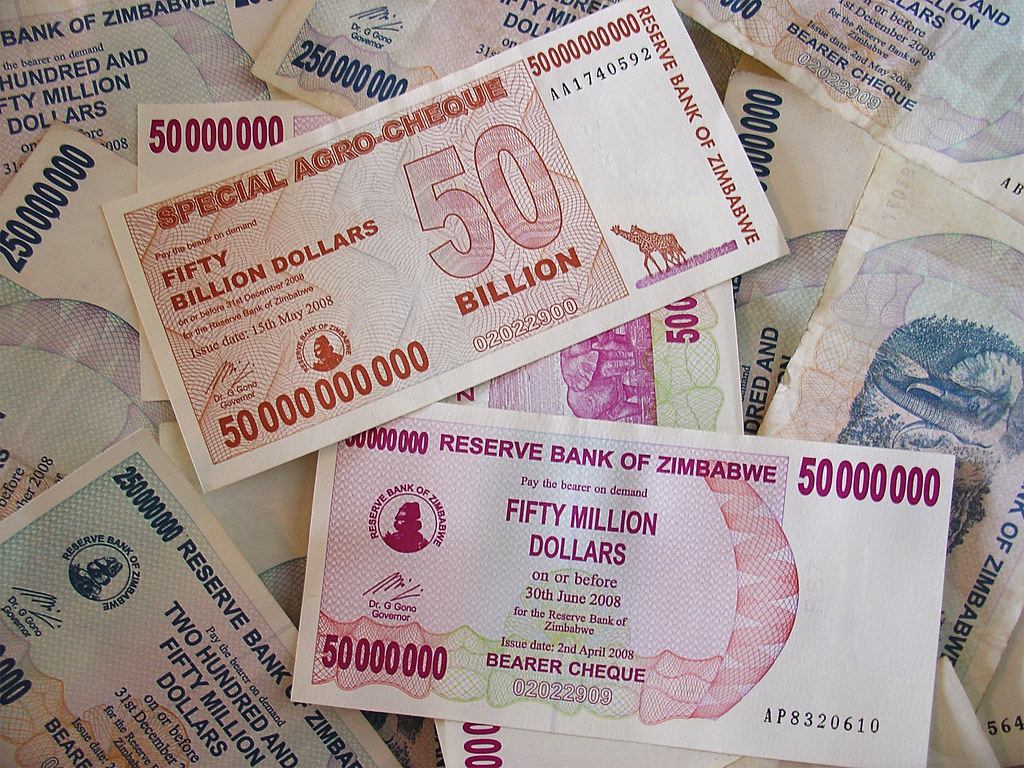#UDHR18Review by Tinotenda Samukange
_A Defining Moment in Zimbabwe’s Democratic Struggle_
On Glance Exaction :Socio-religious Discord and Gwanzura Canvas, transition or transcation?
*Article By Arthur G.O. Mutambara*
A Nation on the Brink
The events of March 11, 2007, stand as a stark reminder of the authoritarian response to democratic resistance in Zimbabwe. Amid a deteriorating political and economic landscape, the Save Zimbabwe Campaign (SZC), a coalition of opposition parties, civil society groups, churches, and trade unions, sought to reclaim democratic space through peaceful action. Their planned prayer rally at Zimbabwe Grounds in Highfield, Harare, was intended as a symbolic call for national renewal and political reform.
Instead, the state met this demonstration with brutal repression, exposing the government’s increasing reliance on violence to maintain its grip on power. What transpired on that day not only highlighted Zimbabwe’s deepening crisis but also set the stage for a reinvigorated pro-democracy movement.
State Suppression and the Violence of March 11
The government, led by President Robert Mugabe, was determined to quash any opposition activity. On the eve of the rally, police spokesperson Senior Assistant Commissioner Wayne Bvudzijena warned that the authorities would use “any means necessary” to prevent the gathering. By dawn, police units, armed riot squads, and state-sponsored militia had flooded Highfield, effectively placing the township under siege.
Despite these efforts to instill fear, opposition leaders, including Morgan Tsvangirai, Tendai Biti, Nelson Chamisa, Elias Mudzuri, and Lovemore Madhuku, pressed ahead, determined to exercise their constitutional rights. What followed was a violent crackdown that would reverberate across the nation and beyond.
Security forces indiscriminately attacked activists and civilians, using batons, rifle butts, tear gas, and water cannons. Many opposition figures were arrested on the spot, while others were hunted down throughout the day. Gift Tandare, a young activist, was fatally shot by police—his death marking a tragic turning point in the confrontation.
Detentions, Torture, and Judicial Defiance
More than 100 opposition members and civil society activists were detained in police cells across Harare. Many endured hours of beatings and abuse, denied access to lawyers and medical attention. Among the most severely assaulted were Morgan Tsvangirai, Sekai Holland, and Grace Kwinjeh. Tsvangirai’s injuries were particularly shocking—his head battered, an eye swollen shut, and his body covered in bruises. Kwinjeh reportedly lost part of her ear due to the intensity of the beatings.
The legal fraternity, led by Zimbabwe Lawyers for Human Rights (ZLHR) and prominent figures such as Beatrice Mtetwa, Alec Muchadehama, and Harrison Nkomo, fought to secure access to detainees. On March 12, 2007, the High Court of Zimbabwe ruled in their favor, ordering the police to grant legal and medical access. Yet, defiance of judicial orders had become characteristic of Mugabe’s administration, and state authorities continued to obstruct legal interventions.
The repression extended beyond March 11. Nelson Chamisa was ambushed at Harare International Airport and viciously assaulted while en route to a diplomatic engagement in Belgium. Similarly, Sekai Holland and Grace Kwinjeh were initially barred from leaving for medical treatment in South Africa, a move widely condemned as state-sanctioned cruelty.
International Outrage and Regional Fractures
The brutal events of March 11, 2007, drew swift international condemnation. United Nations Secretary-General Ban Ki-moon, the European Union, and Western governments denounced the violence. Even the African Union (AU)—often reluctant to criticize Mugabe—expressed concern over human rights violations.
Perhaps most notably, Zambian President Levy Mwanawasa broke ranks with the Southern African Development Community (SADC), likening Zimbabwe to a “sinking Titanic.” His remarks signaled a shift in regional sentiment, challenging the longstanding policy of silent diplomacy favored by South African President Thabo Mbeki and others.
Yet, Mugabe remained characteristically defiant. In a rally on March 29, 2007, he openly justified the violence, stating:
"Of course, he [Tsvangirai] was bashed. He deserved it. I told the police to beat him a lot."
This brazen admission encapsulated the state’s growing willingness to use violence as a tool of governance, further entrenching Zimbabwe’s descent into authoritarian rule.
The Enduring Legacy of March 11, 2007
Rather than suppressing opposition, the brutality of March 11 galvanized resistance. At a joint March 16, 2007, press conference, key opposition leaders—including Lovemore Madhuku, Tendai Biti, and myself—declared our unwavering commitment to democratic change.
The events of that day became a watershed moment in Zimbabwe’s struggle for democracy. They laid bare the state’s disregard for human rights but also demonstrated the resilience of those fighting for political reform. The images of battered opposition leaders circulated globally, intensifying pressure on Mugabe’s regime.
March 11, 2007, remains a defining chapter in Zimbabwe’s modern history. It was a day of brutality but also of profound defiance—a moment when the pursuit of freedom clashed with the full force of an oppressive state. It serves as a reminder that authoritarianism thrives on silence, and resistance is often its most formidable opponent.

Comments